John Hurrell – 23 October, 2019
It is an engrossing question that these sculptures raise: their appeal and its possible reasons. Because of their calculated (and impeccable) scruffiness, they exude enigma and shock value by pretending to be what they aren't. Some ‘minimal' works have a geometric boxlike tidiness where sculpture and plinth are interchangeable. Others depict spilt scattered objects like clay champagne corks or authentic peppercorns—an allusion perhaps to Smithson or Morris.
This wonderful collection of examples of Hany Armanious‘ casting wizardry covers the period from 1998 (when he was in France) to this current time: twenty-plus years later.
Related to the methodologies of New Zealanders Dan Arps and Fiona Connor, Armanious represents a sort of backing off and reversal from Duchamp’s readymade (‘pick and show’) programme—a re-embracing of craft and technique. It’s an undermining of the exaltation of pure ‘idea’ in art, and a blending of the processual with the retinal, the latter embracing an aesthetic advocated by pioneer ‘ragpickers’ like Kurt Schwitters.
In the main Michael Lett gallery and the downstairs corridors, Armanious presents works that look like assemblages made of abandoned detritus—excavated junk that has been stacked up or combined (through glue or armatures) in unpredictable and humorous configurations.
Most are in fact cast objects that have been very carefully coloured—but not too carefully. To a keen eye, the polyurethane resin (occasionally silver or bronze) replicas are not indistinguishable from the original cast forms of mutated ‘rubbish’. The colour sometimes is pigmented within the resin, or applied on top, sometimes leaving little bleeds, splashes and bumped smears; knowing ‘accidents’ become detectable (and delectable) close up.
It is an engrossing question that these sculptures raise: their appeal and its possible reasons by way of technical virtuosity. Because of their calculated (and impeccable) scruffiness, they exude enigma and shock value by pretending to be what they aren’t. Some ‘minimal’ works have a geometric boxlike tidiness where sculpture and plinth are interchangeable. Others depict spilt scattered objects like clay champagne corks or authentic peppercorns—an allusion perhaps to Smithson or Morris.
The result is an endlessly fascinating presentation that greatly suits the architecturally rhizomic qualities of Lett’s wonderful space, where traces of earlier leasees or owners constantly keep peeking through, blurring the lines between exhibit and containing environs.
John Hurrell
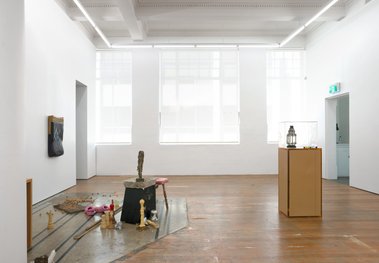


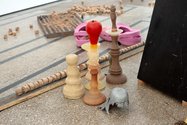
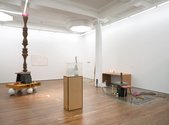
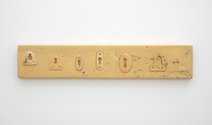
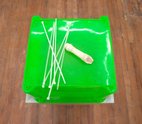
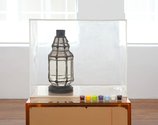

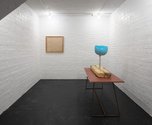
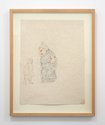
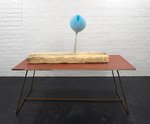
 Advertising in this column
Advertising in this column Two Rooms presents a program of residencies and projects
Two Rooms presents a program of residencies and projects



This Discussion has 0 comments.
Comment
Participate
Register to Participate.
Sign in
Sign in to an existing account.